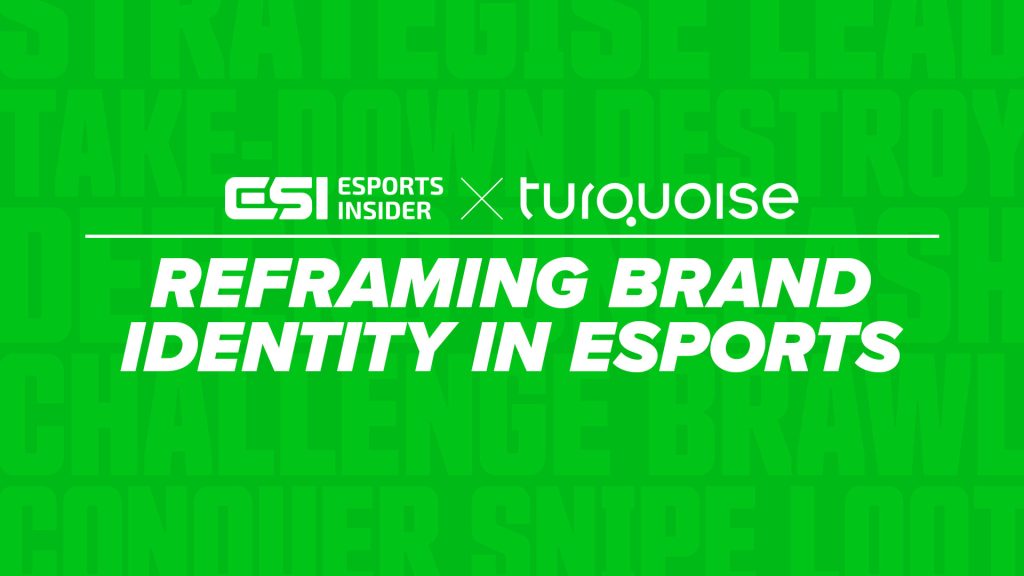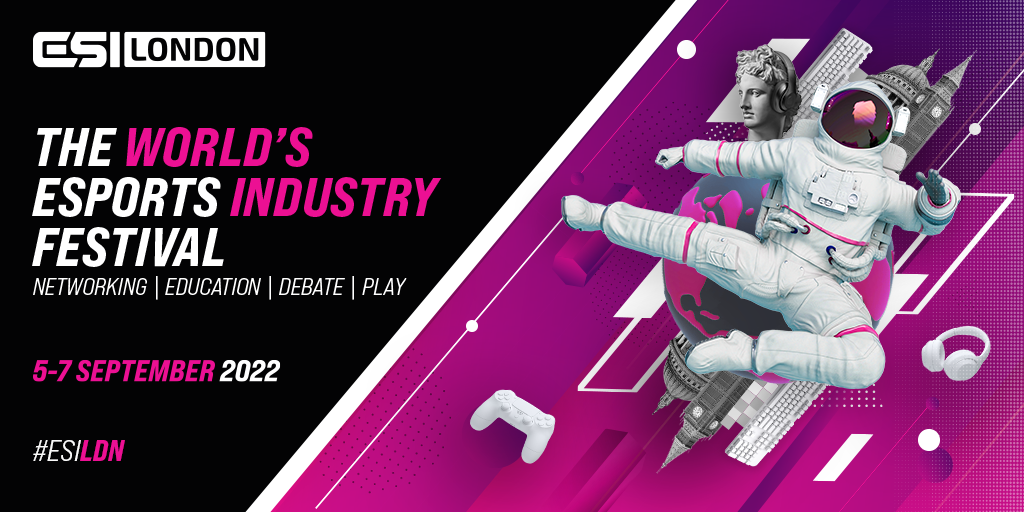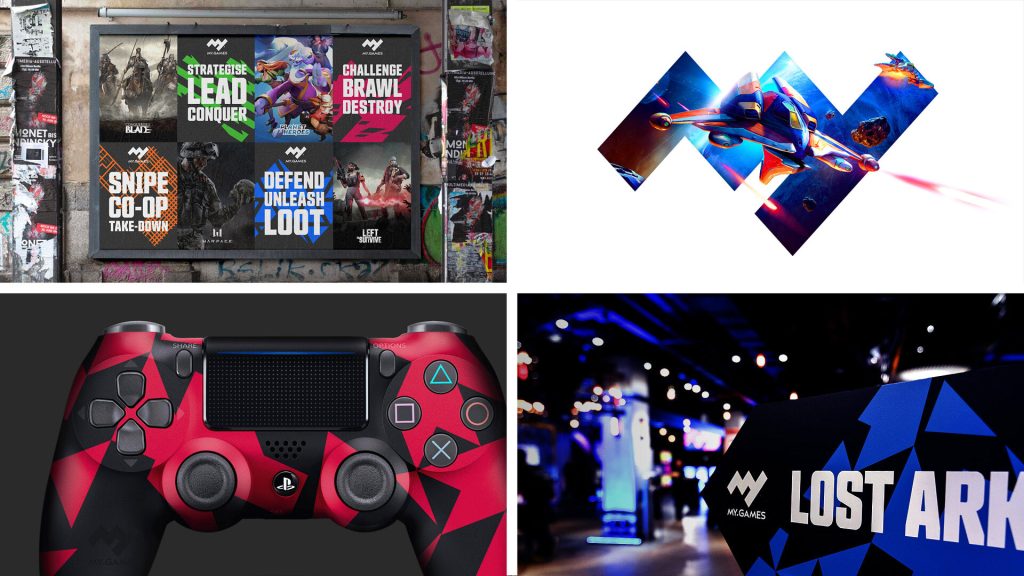
Many of today’s esports empires found their starts in their founders’ childhood bedrooms, or so the story goes. They were passion projects first and foremost, authentic attempts to participate in what was then still known as the burgeoning field of competitive gaming.
They were certainly not commercial entities with business growth plans.
In their pursuit of gaming clout — as niche as it was prestigious — these nascent teams focused on appealing to the only audience that existed at the time: a hardcore endemic one.
The esports industry, however, has had a turn of fortunes since then. As esports has matured into a billion dollar industry, its audience has expanded in tandem, and with it the demographics that audience comprises.
An increasingly diverse portfolio of hundreds of millions of people from literally all around the world watch esports, eschewing traditional audience stereotypes of ‘young nerdy males’. In 2022, Newzoo estimated the esports audience had reached 530 million — an 8.7% year-on-year growth rate, likely given extra mileage by the pandemic.
The Newzoo report says a large part of that expansion was driven by growth markets. It also found the percentage of female esports enthusiasts had grown over the years to 34%, and the majority of viewers were in the 21-35 age bracket.
Those same years have also seen a considerable rise in the number of esports organisations rebranding — and it’s no coincidence. From Evil Geniuses and NRG to HellRaisers and Ninjas in Pyjamas, a wide score of esports’ most famous faces have changed over the years (some prettier than others).
As audiences diversify, and esports has broadened into a cultural phenomenon increasingly appreciated by the mainstream, esports organisations and companies have had a big focus on broadening their identity to appeal to these new demographics and regions.
But it’s not just new fans the organisations are after; it’s also the advertisers that want the attention of these new audiences.
There’s been a fundamental shift in the types of advertisers that sponsor and partner with esports organisations over the last several years, from mainly endemic gaming names to much more lucrative global, mainstream corporations.
Updating your brand identity can be the most powerful way to broaden appeal and attract this new breed of sponsors, investors and commercial partners, says Turquoise Branding, a London-based branding agency, but there’s many ways a brand can evolve to achieve those goals.
“Using a visual identity is only part of a brand strategy,” explained Constance Jaggard, Strategy Director at Turquoise. In fact, visual identity is just one element of the wider concept of brand identity. “Brand from a broader perspective is all the things that sit behind it.”
Nina Lozdan, Client Partnership Director at Turquoise, added that while a brand might be recognisable and have legacy, it may not be conveying the right message to its audience — another facet of brand identity that rebranding can address.

It may be controversial amongst hardcore fans to see legacy branding retired, but evolving a brand’s identity is crucial to cater to these new audiences — and the deep-pocketed advertisers that come with them.
Changes to a brand’s visual identity, values, culture, messaging, corporate or commercial strategy are all part and parcel of strengthening the positioning of your brand in the eyes of interested parties, Jaggard continued.
“It’s these other elements that in the long term may have the greatest impact on achieving corporate goals. Brand values for instance can have a huge impact on how an organisation attracts or selects corporate partners.
“Creating a really solid set of values that speak to your audience — that also align you with the type of institutions that you want to be involved with, whether that be investors or advertisers — is a really crucial element. Finding partners that align with your brand’s values can make for a strong long term relationship and demonstrate to your audiences that the brand is authentic and true to itself.”
In an age where consumers are increasingly demanding stances and positions on social issues from brands, exploring what your brand really stands for is vital. A disconnect with your corporate culture, whether from fans or internally from the organisation, can threaten business.
“The big brands today, they’re all exploring what it means to be more sustainable, what it means to be an ally, what it means to be all of these kinds of things. Because it used to be that those social issues were really disconnected from brands, they could completely ignore them in many ways.”
Yet Jaggard and Lozdan cautioned against premature or rash rebrands. Brand exploration, the two executives said, should be driven by a clear rationale and underpinned by corporate strategy.
Slapping a fresh logo on your company for the sake of it, or in a bid to stay relevant — an assertion frequently levied at esports organisations after badly-received rebrands — simply won’t cut it.
“No brand, rebrand or brand evolution should be undertaken without first exploring who the audience are and what’s important to them,” Jaggard continued. “If you’re targeting new audiences, the next most important thing is to dig deep into the drivers. What gets them excited, what energises them, activates them. Understanding all of that is crucial.”
Lozdan gave the example of Turquoise’s work for gaming entertainment distributor My.Games. While the merging of two organisations (Mail.ru and My.com) was the catalyst for the rebrand, Turquoise worked closely with the organisation to understand the corporate goals and drivers of its distinct audience groups.
“Ensuring that the brand was developed to support the aspirations of the organisation was essential in creating something that would have a long-term impact,” Lozdan highlighted. “Through our strategic exploration of the brand, we identified the common themes that would appeal to each of the audience groups and in turn, support My.Games’ corporate goals.”
From this position, Turquoise’s team was able to develop a dynamic and energetic visual identity that epitomised the organisation’s ambition and its connection to its audiences.

Simply put, branding is a powerful business tool, and the proof is in the pudding. New York-based esports organisation NYXL is a case in point for brand exploration done right, according to Lozdan. The organisation recently overhauled its branding, eschewing its old moniker Andbox to better reflect its desire to represent New York City.
By repositioning its identity thematically, NYXL’s rebrand helped it strategically appeal to New York, its lucrative target market — as well as the partners seeking to tap into that market.
“Their brand very much feels like New York,” Jaggard concurred. “Their strategy is broadly focused on geography and ensuring that they are firmly part of that geography. That has manifested in the visual identity, but [it’s] driven by that ultimate corporate goal.”
Turquoise has its background in other areas of entertainment. Alongside My.Games, it has notably handled rebrands for Eurovision, as well as UEFA’s Europa League and Europa Conference League, amongst many others. From Turquoise’s perspective, esports has reached a critical juncture in its journey — it’s time for brands to explore the impact they truly want to have.
Supported by Turquoise Branding.
